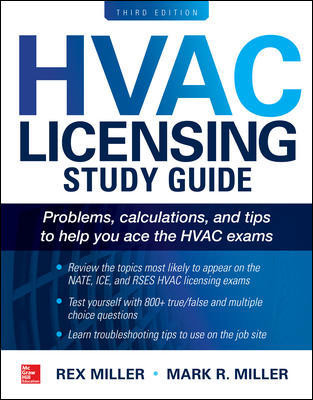Back in October 2008, I wrote a column titled, “HVAC Security According To ASHRAE,” and I recently sat in on the committee working to update Chapter 58, HVAC Security for the 2011 Handbook. I was surprised at the challenges facing this group of people who were donating their time to improving the handbook.
SECURITY AND DESIGN
These challenges are twofold. First, the obvious test will be to draft a comprehensive chapter that helps guide the engineer to incorporate HVAC security measures into his design, although it doesn’t stop with the design. The chapter needs to include issues associated with construction, including the commissioning of the system and the training of the facility staff, followed by a predictive and preventive maintenance process that will ensure the HVAC security systems will work when called upon to react and/or respond.To get you thinking about HVAC security I’ve drafted my own “Table of Contents” for this topic as follows:
- Introduction and Uniqueness of Chapter
- Risk Evaluation
- Basis of Design (one should be crated for each security issue)
- Commissioning of System (typical requirement for each security system)
- BAS Interface (typical requirement for each security system)
- O&M of System (typical requirement for each security system)
- Parameters for New Construction & Renovations
- Chemical Incidents
- Biological Incidents
- Radiological Incidents
- Explosive Incidents
- Design Guideline Summary
GETTING OTHERS TO CARE
Secondly, you would assume more would want to contribute to an area ofthe building industry that, until 9/11, probably prided itself with the useof security TV cameras outside and inside buildings to capture thieves inaction. After 9/11, everything changed for us but I believe we have settledback into our 20th-century comfort level where we just assume “that won’thappen to us.” Hopefully, it won’t, but I believe there are just too manybad guys out there to not have another terrorist incident occur.t’s also important to note that HVAC security is not just about terrorists. Each of the incidents noted above can occur from human error within a laboratory or at an industrial site. Accidents happen and we need HVAC system design guidelines to help prevent these incidents from occurring and/or to limit the damage they cause when an accident does occur. In fact, these types of incidents occur every year and yet we don’t have a well-documented designer’s guide to ensure the basis of the design will include safety features, as well as O&M features to provide a safe and reliable HVAC system.
Chapter 58 in the2007ASHRAE Handbook - Applications, is titled, “Chemical, Biological, Radiological, and Explosive Incidents” and has a lot of useful information, but only a third of the page is dedicated to HVAC system design.
There are 34 chapters in this handbook, addressing such topics as health care facilities and automobile and mass transit facilities to mention two very broad categories. With each of the numerous HVAC systems that will be furnished and installed to accommodate the specific project basis of design, there is a role in these system designs that should accommodate one or more of the four security incidents that I’m talking about.
To date, probably the only incident prevention you will find in building system applications are fire dampers and smoke dampers. If you want to stretch the discussion to IAQ, you will probably find carbon dioxide detection and, on rare occasions, carbon monoxide detection. You probably won’t find many design engineers thinking about the four incident scenarios unless it is a specific room or rooms within a building, but what about the rest of the building?
When I reviewed Chapter 58, I found it to be very intimidating with its discussion on toxic agents (nerve, blister, lung-damaging, and blood). As a designer, the chapter was informative, but should I specify specific detector devices, and should it shut the central AHU down or go to 100% exhaust? Should this system be on emergency power to ensure the system keeps exhausting even if someone shuts down the electrical power to the building? How do you test and calibrate the devices? Is there such a thing as a safe, handy spray can of nerve gas to use when commissioning the HVAC system? Just kidding!
So all you HVAC design engineers, give us some help here. Are you really providing a responsible design if you aren’t considering HVAC security? I bet there is an errors and omission lawyer out there waiting to hear your answer.ES





